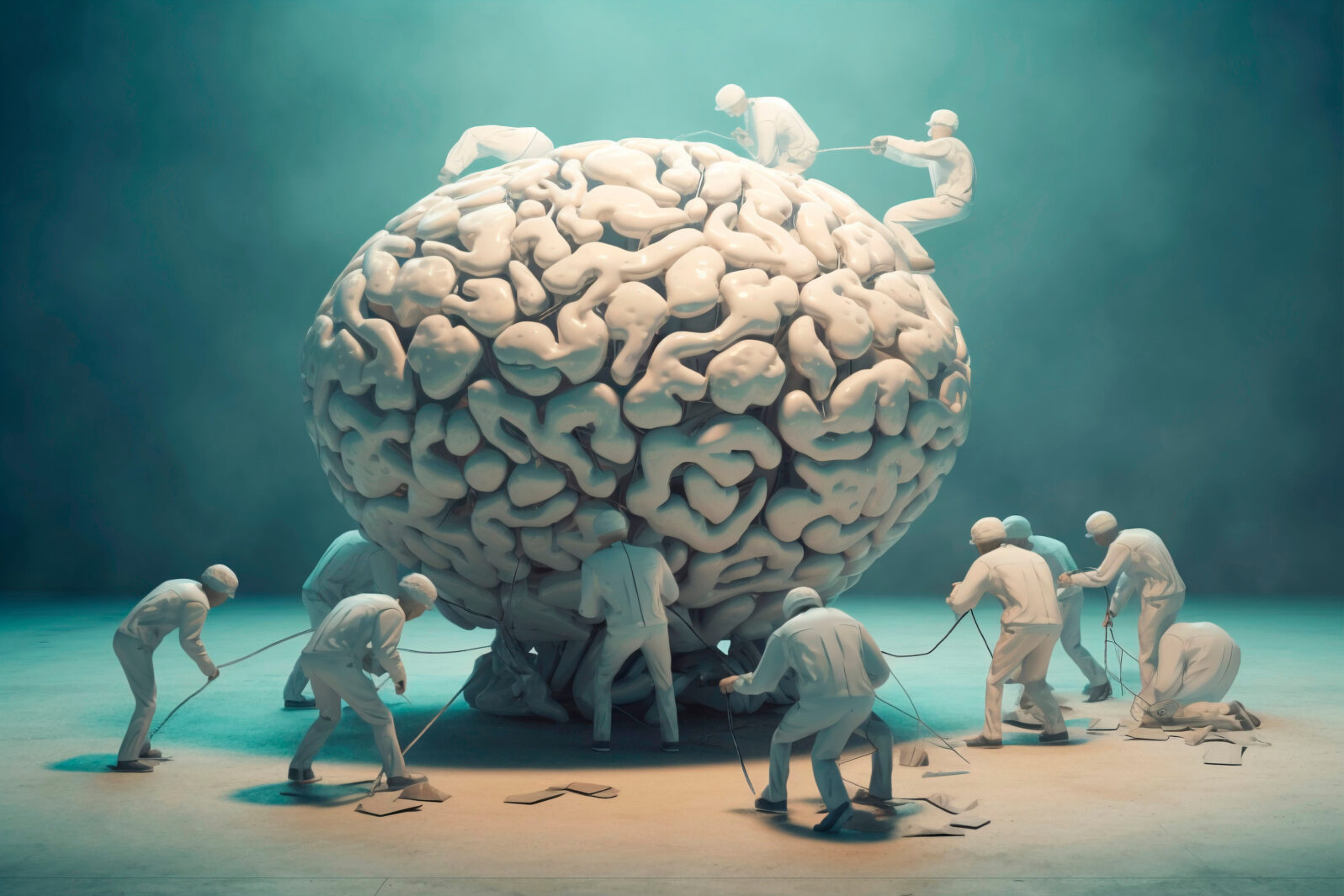How Could Human Consciousness “Evolve”?
Human consciousness entails a unique human ability to think abstractly .My colleague Denyse O’Leary has a new post titled “The Human Mind Has No History,” where she observes, “There is no good reason to assume that human intelligence evolved from mud to mind via a long slow history.” Denyse and I have been working on a book that will be published by Worthy next year titled, The Human Soul: What Neuroscience Shows Us about the Brain, the Mind, and the Difference Between the Two, in which we explore the abundant evidence from neuroscience for the immaterial human soul. In her post, Denyse rightly points out that the evidence for the “evolution” of human consciousness is scant to non-existent. Human consciousness entails a unique human ability to think abstractly — to reason, to think logically, to use language, to do mathematics, to exercise free will, and to do a host of characteristically human things.
Having None of It
Biologist P. Z. Myers at Pharyngula will have none of this.
Technological progress depends on specific prior discoveries, it is true, which means it is like a ladder, with each step building on previous steps. She undercuts her own claim, that the mind has no history, by focusing on technological advancements that actually do have an obvious history. That’s Denyse O’Leary for you, though: she piles up observations she does not understand and then simply decides they all support whatever conclusion she wanted.
Myers’s implicit argument is that the human mind is a product of a Darwinian “ladder” of evolution, just as he assumes that all human biology arose via an undirected process of random heritable genetic variation and natural selection. According to Darwinian “science,” things changed, survivors survived, and the human ability to think abstractly materialized out of thin air. Is it possible for human consciousness, which includes the ability to reason and exercise free will, to have evolved by material Darwinian processes? No, it’s not possible, and Myers’s claim reveals an ignorance of much of the seminal research in cognitive neuroscience over the past century.
Split Brain Surgery
One of the many examples of human mental abilities that could not have evolved is the ability of patients who have undergone split brain surgery to integrate information presented to them in both halves of their visual fields. This pioneering work has been led by a number of neuroscientists, including Justine Sergent at McGill University and Yair Pinto at the University of Amsterdam. Split brain surgery involves the complete surgical cutting of the corpus callosum, which is a large bundle of fibers connecting the two hemispheres of the brain. It is done in patients who have severe intractable seizures in order to interrupt the spread of seizures in the brain. It is generally quite successful. Patients who have undergone this surgery have been studied carefully for over seventy years. These patients are for all intents and purposes normal — despite having a split brain, they do not have a split consciousness in any meaningful sense. They do have a few subtle perceptual disabilities, which have been studied carefully by Roger Sperry, who won the Nobel Prize for his research.
A Remarkable Ability to Integrate Information
What Pinto and other neuroscientists who study split brain patients have found is that these patients have a remarkable ability to integrate information they see in their visual field despite the fact that no part of their brain has access to all of the information they integrate. The way brain connections work is that each hand is moved by the brain hemisphere in which vision is perceived on that same side of the body. For example, an object in the left side of our visual field is perceived via the right hemisphere, which has the motor area for the left hand. The left hand is connected to the left visual field, so to speak, and the right hand is connected to the right visual field. When the brain hemispheres are split surgically, each hand should be able to respond only to objects presented in the same side visual field. Yet Pinto has found that split brain patients can respond with the hand that has never “seen” the object, and this ability of these patients to process information despite split brains is particularly striking in their ability to integrate information from both hemispheres despite the fact that the hemispheres are surgically disconnected. Split brain patients can compare both sides of their visual field — they can tell if the objects are the same or if they are the same size or different or if they are pointing in the same or different directions, etc. — despite the fact that no part of their brain sees both sides.
Pinto calls this ability to integrate information independently of the brain “A single conscious agent with split perception.”
So this is my question for Myers: how did the human ability to integrate information — to which no unified part of the brain has access — “evolve” by material Darwinian mechanisms?
Cross-posted at Evolution News.
